How to Clean Press Cloths
Inside this article
- PURE press cloth design
- Styles of cleaning
- Day-to-day cleaning
- When to know it’s time for a deep clean
- How to deep clean safely
PURE Ripstop Press Cloth Design
Press cloths are crucial to two-stage juicing, they are how we separate the pulp from the juice. Since 2015, we have been weaving our own press cloth. During this time, I have been continuously refining the weave specification of PURE’s press cloth in search of the perfect material. My background is in the textiles industry and at my last job I oversaw the weaving and testing of millions of yards of material. It has been a pure joy to work on the weave spec for PURE’s two-stage hydraulic press cloth. We chose an unusual weave and added the ripstop component. I would be very surprised if anyone has ever woven the weave configuration I chose of PURE’s press cloth.
Characteristics of a High-Performing Hydraulic Press Cloth:
- High tensile strength
- High porosity
- Easy puck release
- Highly resistant to plugging
- Low staining and easy to clean
In 2020, PURE introduced the fully redesigned ripstop material with the above qualities. The PURE ripstop press cloth doubles (2x) the porosity and matches the high strength of our previous design, plus it is resistant to plugging and staining and is easier to clean.
Best practices for cleaning PURE Press Cloths
Depending on the depth of cleansing you are looking for, there are a few different methods for cleaning this particular weave of cloth. Over the next few paragraphs, I outline the following,
- Overview mechanical (scrubbing), versus chemical (soap and water) cleaning
- Washing for Initial use
- Day-to-day cleaning
- Pressing the water out for storage
- Deep cleaning
- When to replace old cloths with new ones
Overview of Mechanical Versus Chemical Cleaning
Press cloths can either be cleaned mechanically by scrubbing or chemically using cleaning agents. Both work and you can choose what suits you. PURE’s lead graphic designer David J, prefers only cold water scrubbing. For many, avoiding as many chemicals and cleaning agents (even safe ones) is what drives their decision. For others the goal may be, having the cleanest whitest cloths possible. Below I have included a wide spectrum of methods so you can match your personal style to your preferred practice.
Do I need to wash press cloths & bags before their initial use?
The best practice is to cold-water-rinse new cloths before first use, soap is optional.
Pressing the Water out for Storage

Once washed:
- I refold my cloths
- Stack them up and place them on the juice tray and place in the hydraulic press
- Next, press the water out by using PURE’s hydraulic press. Be sure to have a collection vessel ready for the water that will press out of the cloth
- Place the folded cloths in a ziplock bag and place them in the freezer until next use. This keeps them sterile in between uses
Tip: When the water is pressed out the cloths can just be unfolded and easily re-used. If the cloths are frozen over because the water was not fully pressed out, rinse in warm water to defrost them.
How do I clean press cloths after day-to-day use?
Personally, I like to simply do a cold water rinse and scrub. In my double basin sink, the sink divider has a nice hard crisp corner and the cloth can be rinsed and scrubbed washboard style against. Prior to scrubbing some people like soaking briefly with a bit of soap or Hydrogen Peroxide to disinfect or clean. If soap is used make sure the water runs clear and the cloth is fully rinsed out before use.
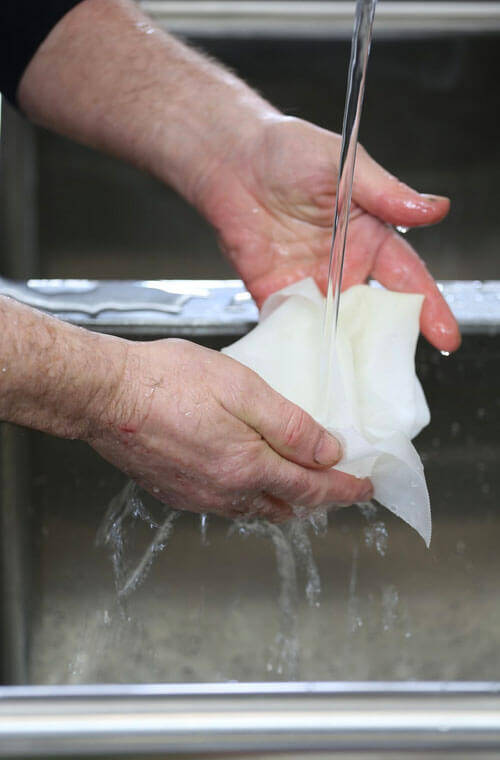
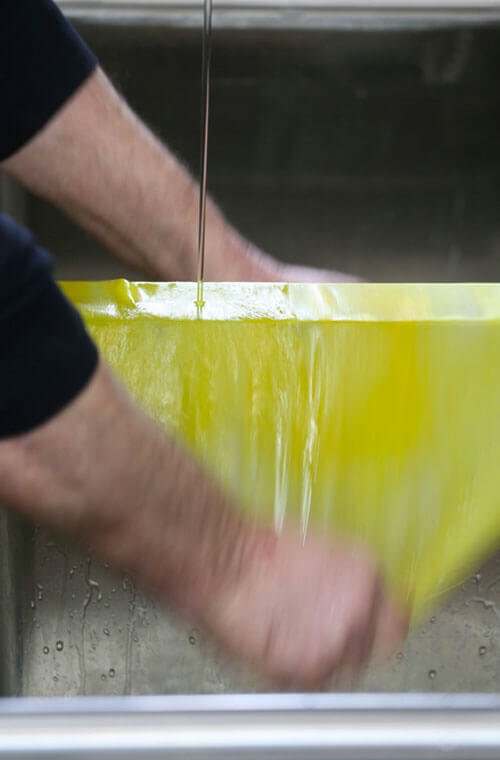
When is it time for a deep clean?
Over time, without deep cleaning, press cloth pores will slowly clog. The way to tell that it’s time to deep clean the press cloth is when the cloth begins to spurt or geyser from the cloth when the press is out or near full pressure. When this occurs, it is a sign, it is time to deep clean your press cloths.
How often should I deep clean press cloths if I am juicing daily?
I recommend deep cleaning bi-monthly. If you juice less frequently, adjust your cleaning schedule accordingly.
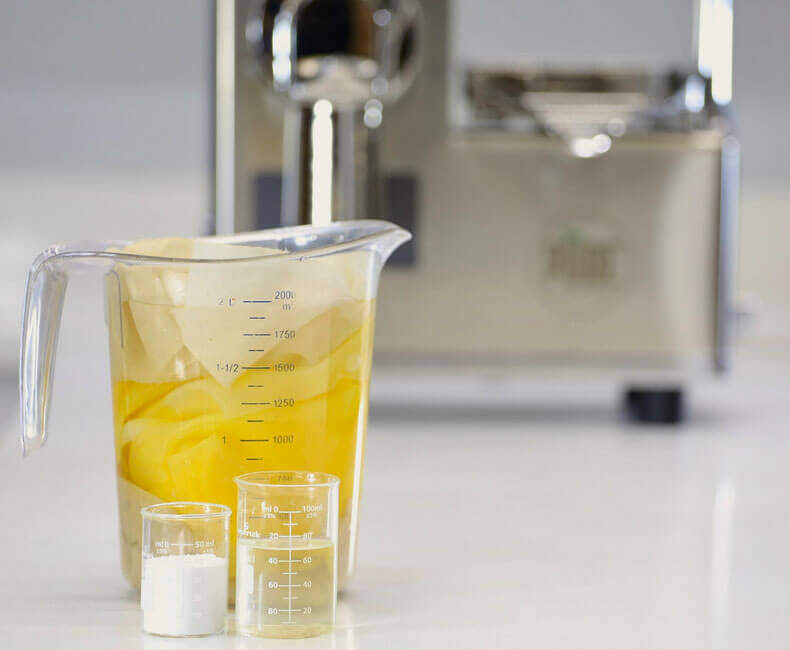
Press cloth deep cleaning – the chemistry
To clean the pores of the cloth we like to use an oxidizing solution that dissolves the vegetable matter that is clogging the pores in the material. This allows the vegetable fiber to rinse easily out of the weave.
Ways to deep clean press cloths
Cleaning from mildest to most aggressive, below is a list of methods people we know use:
- Oxiclean, soak 2-3 Tablespoons per gallon, overnight, and rinse (repeat if needed).
- Hydrogen Peroxide (H2O2) plus 1Tblsn/gallon baking soda, soak in 5-6% overnight and rinse (repeat if needed).
- Line dry in the sun and let the sun naturally bleach out any pigment
- Bleach, soak in 3-4% overnight and thoroughly rinse. Or,
- Wash the press cloth in the washing machine, with Oxiclean, organic bleach, or standard bleach and run a long rinse cycle.
The best way to deep clean is in an oxidizing solution that is also high pH (base/alkaline). As a best practice, I prefer Oxiclean for deep cleaning and line drying for bleaching.
White or off-white?
Rather than the goal being to restore the original white color of the material, the primary goal is to restore the porosity of the cloth to as-new. To me, the press cloth appearance after cleaning is secondary. But for some, the bright white color is most important. If so, some form of bleaching (chemical or sunlight) is required.
The problem with bleach is because chlorine gas is toxic. Please be careful, if using it. Be in a well ventilated room or clean in a bucket outside on the porch. Be careful not to breathe the fumes and be sure prior to use that the cloth is thoroughly rinsed out. A washing machine will fully rinse the cloth of chlorine because the gas is vented outside and the rinse cycle will wash out any residue. This method is approved for Gerson Therapy.
Notes on the above:
As noted above, use base or oxidizing solutions
- Hydrogen Peroxide is an oxidizer which will deep clean the cloth. Adding baking soda helps catalyzes the cleaning reaction
- OxiClean is a powerful oxidizer. One of the active ingredients in OxiClean is sodium percarbonate (Na2CO3•H2O2), this breaks down into hydrogen peroxide when dissolved in water. The ingredients in Oxiclean break down safely in the environment and leave no toxic byproducts
- Bleach (organic or traditional) is an oxidizer that will deep clean the organic material out of the weave better than any of the above and restore the whiteness to the press cloth.
- For Gerson Therapy, Margaret Strauss (Charlotte Gerson’s daughter) has approved the use of OxiClean and the washing machine method of cloth cleaning. Soaking cloths in a bleach solution is NOT approved for Gerson Therapy due to the off-gassing of chlorine from the soaking solution
How many press cloths should I have in rotation?
I recommend having 6-12 press cloths and 2 bags in rotation at any one time. How many press cloths you use and how often you replace them will vary from person to person. Chandra, one of PURE’s two-stage juicing experts, uses 6 press cloths per month. She looks forward to the treat of opening a new bag every month and starting fresh. If you like this idea, I recommend PURE’s cloth subscription program as a way to buy discounted cloths and to have them delivered on the schedule you set. We also know people on a tight budget who keep the press cloths as long as possible. How long cloths are kept really depends on your budget and how much effort you want to put in maintaining them.
The more cloth you have in rotation…
The longer the time between cleanings. By increasing the number of cloths in use, each cloth is used less frequently and the time between cleaning cycles is lengthened. Plus, it takes the same effort to clean a few or many so more truly is better.
I hope this article has answered all your questions
If not, please contact us at support@purejuicers.com. I hope you have enjoyed the cloth cleaning lesson explaining the mechanical and chemical ways to clean the press cloths. Use what helps and suits your lifestyle. Don’t use chemicals you are not comfortable with. Make choices you feel good about and don’t hurt the planet. Don’t ignore science; oxidizing base/alkaline solutions dissolve organic bonds and maintain the porosity of the press cloth.
In Health,
David
David Feinberg
Founder & CEO of PURE Juicer
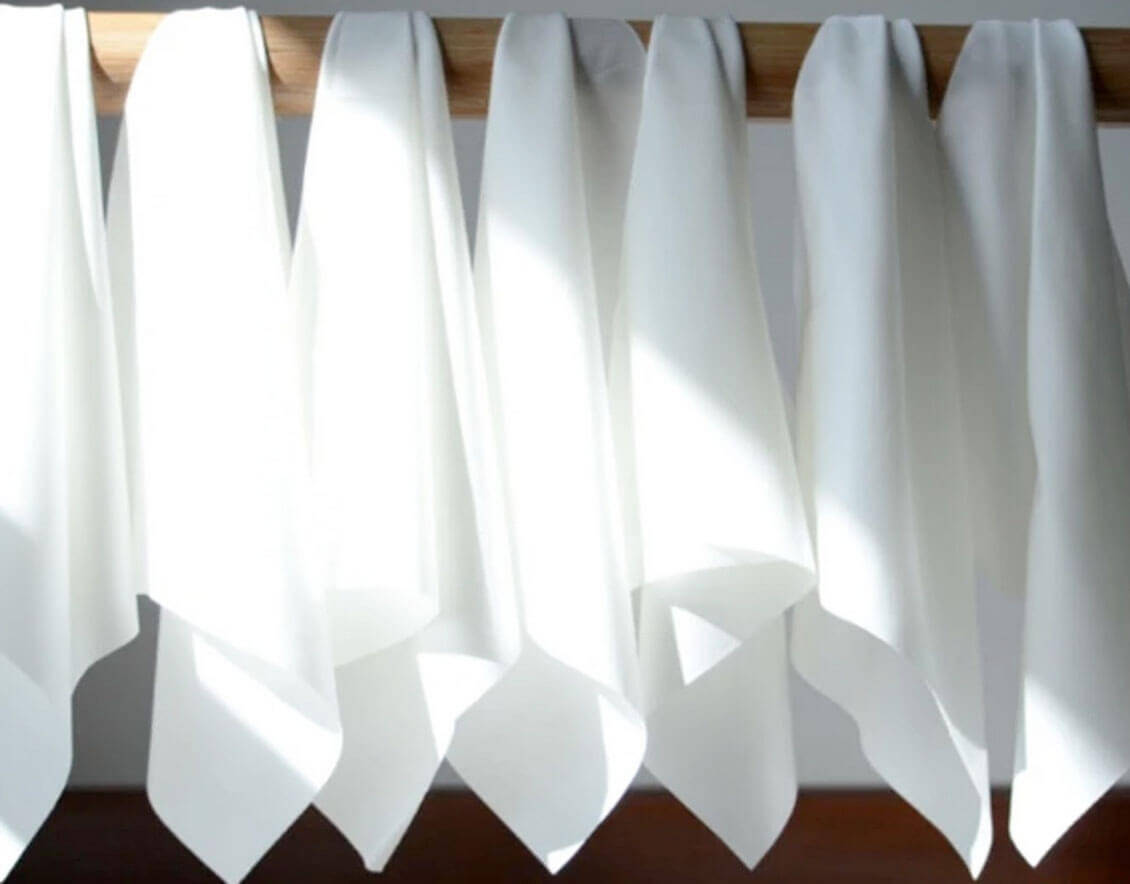
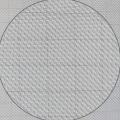
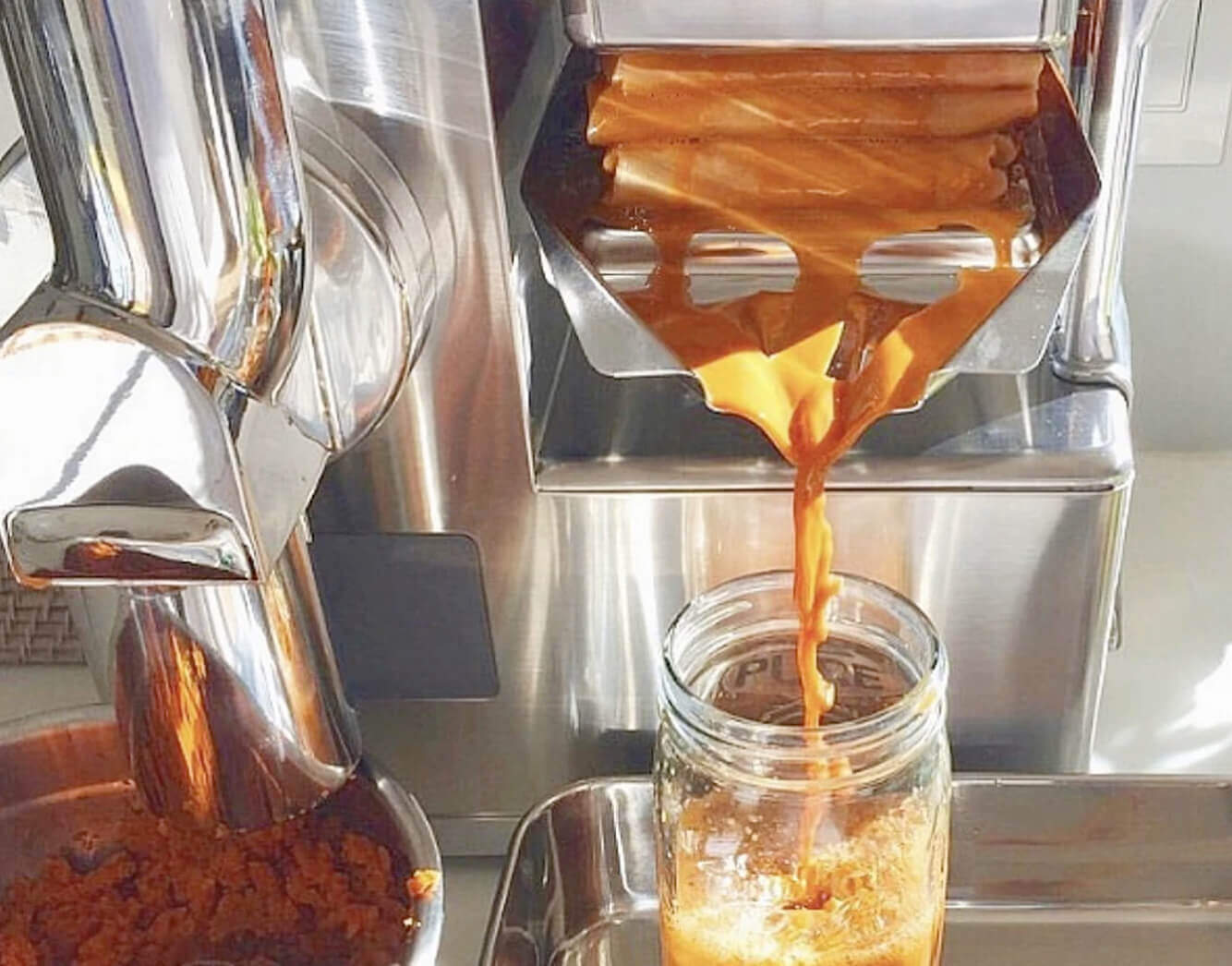
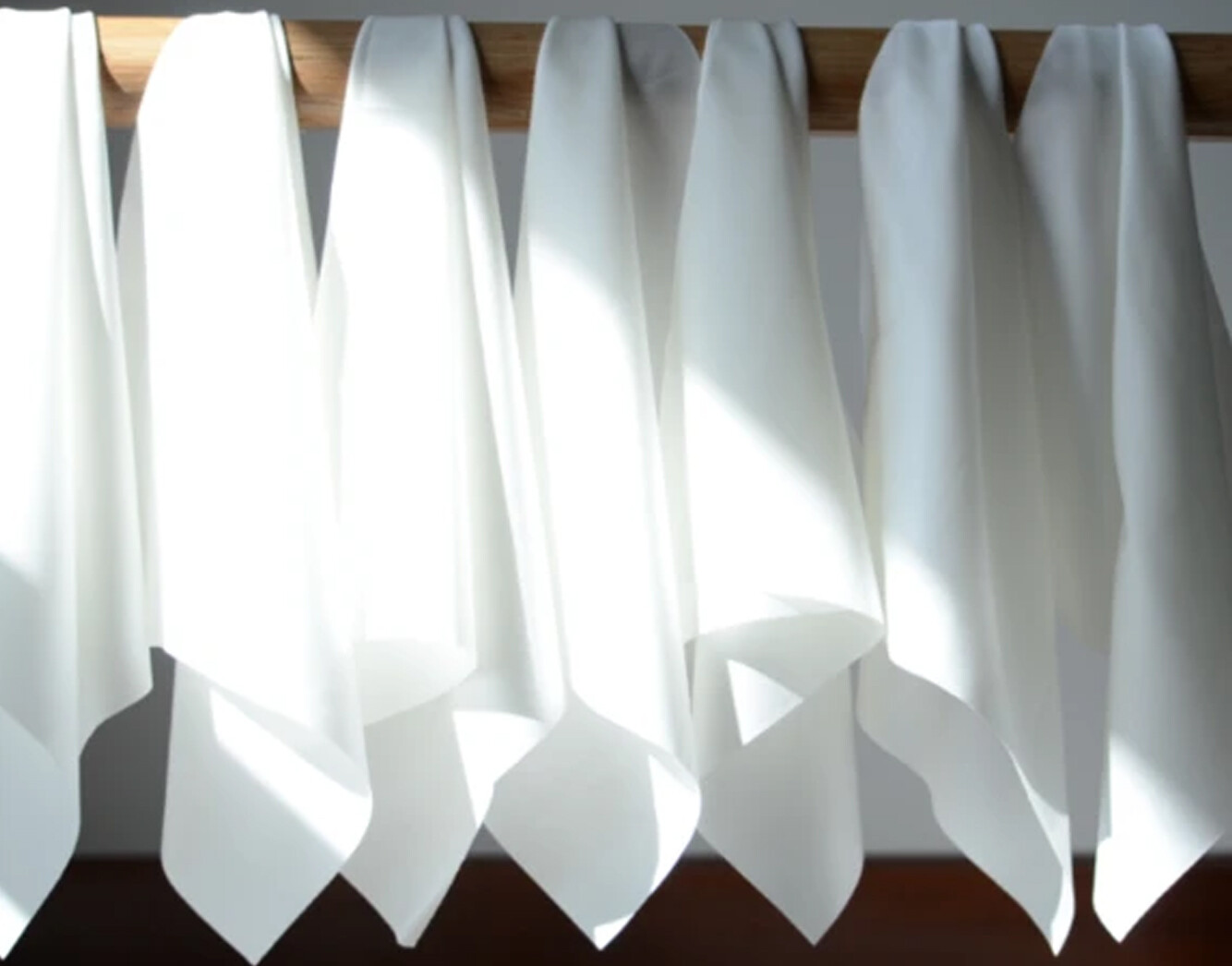
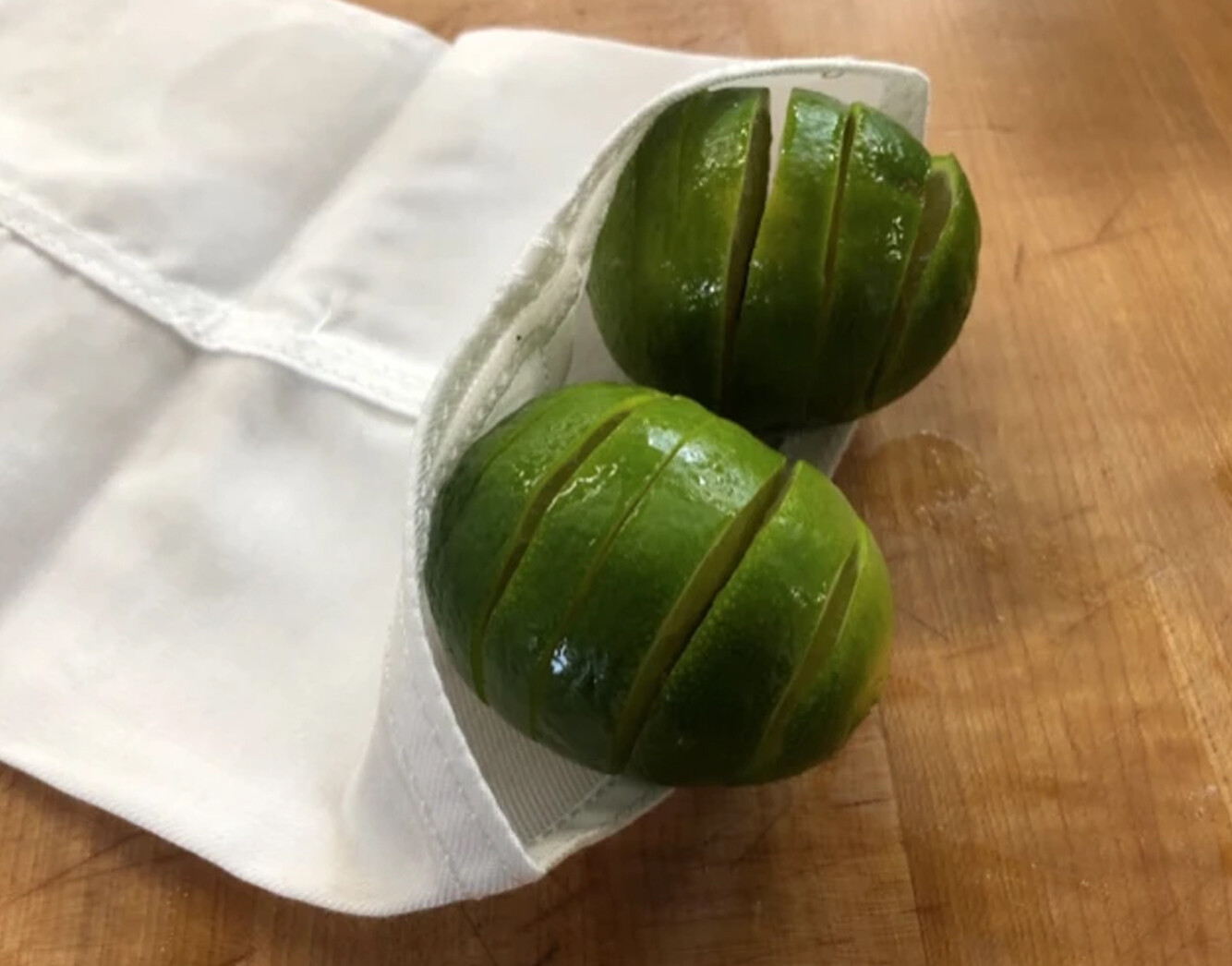







Daniel J Kosek says:
My favorite way is out on my driveway with a fan tip on my power washer, instant clean.
Next time I’ll pre soak in bleach.